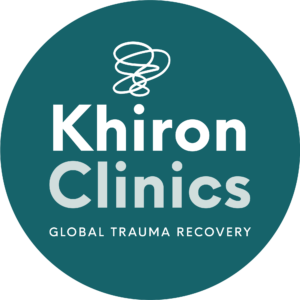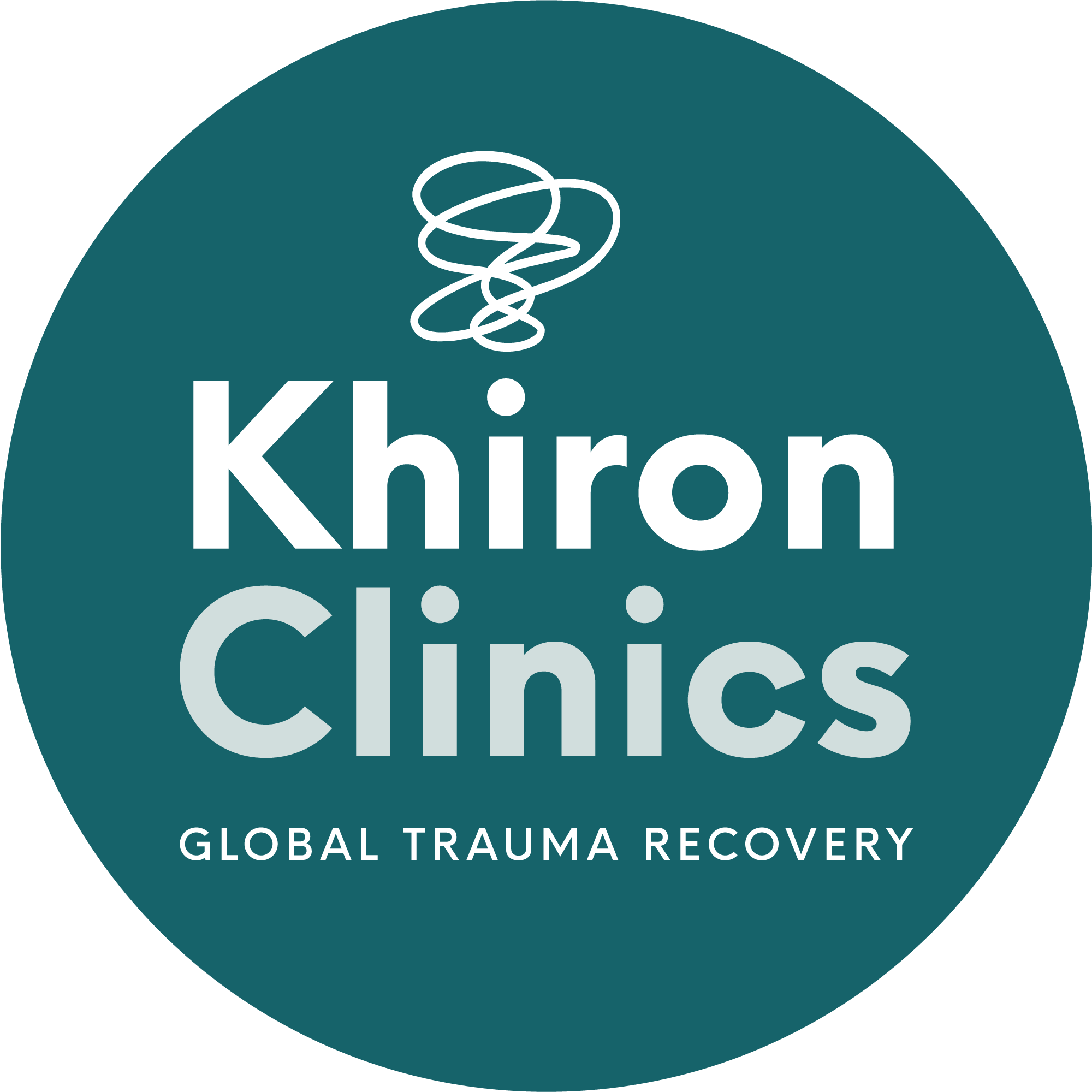When we think about parts, our mind might jump straight to a car or a computer. But therapists apply the concept of parts to psychological practices too. Developing on from Freud’s id, ego, and superego, parts therapy has evolved into an effective therapeutic method that can treat trauma, mental health conditions, and various phobias.
In this article, we will cover:
- The internal family systems model
- Ego state therapy
- How parts therapy can treat trauma
- The limitations of parts therapy
The Internal Family Systems Model
Developed by renowned therapist Richard Schwartz, the internal family systems model (IFS) focuses on working with different parts of an individual. Parts can be forced out of their valuable roles by trauma and other events.[1] He writes that there are three common parts:
- Exiles – vulnerable and emotional; exiles are the parts of the Self that are locked away after a negative event or experience. They are the part that is protected by the other two parts below.
- Managers – manage a person’s life in response to trauma, whether that is in a positive or negative way. In a negative light, managers can be incredibly controlling.
- Firefighters – defined as a radical version of a manager, firefighters can be impulsive and extreme, trying to distance themselves from the feelings of exile through coping mechanisms such as drugs, alcohol, or work.
These parts can interact together in response to trauma. Managers might compartmentalise and push the exiles aside, or the firefighter could drown out both parts by using healthy or unhealthy coping mechanisms.
The internal family systems model has five basic tenets:
- Our minds are split into many parts
- Everyone has a Self which should coordinate the inner family
- There is no bad part
- Growth and change affect the inner parts in good or bad ways depending on the events
- Change to the internal system will change the external system as well
The goal of the IFS model is to reconcile each part to collaborate with the Self, which is the subconscious part of a person that is the natural leader. After experiencing trauma, abuse, or other negative events, firefighters or managers jump to protect the Self. IFS therapy models aim to help these parts step back and trust the Self to lead.
Ego State Therapy
Ego state therapy is another parts-based therapy model developed by John G. Watkins in the 1990s. It focuses on ego states, which are various identities and roles that people adopt in response to trauma and the world around them. People can have multiple ego states depending on their situation and who they are around, and ego state therapy helps to collate these egos into one Self.
For instance, someone may act childish around their family but mature around their friend or co-workers as a response to negative childhood events. Ego state therapy aims to reconcile them together by unburdening trauma.
There are four ego states identified by psychologists:
- Conflicted ego states – occur when various parts are in opposition to each other, causing inner turmoil and conflict. Here, ego state therapy assists in resolving conflicted states and encourages each of the states to communicate and work in cohesion.
- Retro ego states – these are ego states that were once useful but are not harmful. Ego state therapy helps these states only to appear when they are useful.
- Vaded ego states – this is a state that arises in response to a traumatic event. Causing emotional reactivity, the goal of ego state therapy is to reconcile and heal vaded ego states.
- Normal ego states – developing normal ego states is the goal of this type of therapy. They are not in conflict with any other states and help with healthy expression of the S
Ego state therapy is a parts-based therapy approach that takes a relatively brief time compared to other therapy models. It is popular among therapists who use hypnosis to treat clients.
How Parts Therapy Can Treat Trauma
Therapists use both the internal family systems model and ego state therapy to treat trauma, post-traumatic stress disorder, and mental health conditions. Parts-based therapy approaches may be especially effective in treating trauma by breaking down the personality into manageable parts that the client can then reconcile to create a coherent Self.
Both approaches concentrate on parts that have experienced trauma and collaborate with them in positive ways. There are no negative parts in either – only parts that are trying to protect the person. Therapists help clients interact with the parts carrying the trauma and build a healthy relationship with the other parts.
IFS and ego state therapy work in diverse ways, but the end goal is the same: to help clients process trauma and form a coherent Self that is mentally healthy. By unburdening various parts – the exile in IFS or the vaded ego state – both forms of therapy are highly effective at helping people to process trauma.
The Limitations of Parts Therapy
Although using the concept of parts is a widely used form of therapy, there are some limitations.[2] Criticisms of the IFS model include:
- It can be anxiety-inducing for clients
- It might not work well with paranoid or schizophrenic people who could misuse or misinterpret the idea of parts
- The lack of an external support system can limit the benefits
Despite these limitations, parts therapy can be an effective treatment for a range of issues, especially trauma. Whether participating in ego state therapy or using the IFS model, using the concept of parts to treat clients is a unique and effective form of treatment that has proven positive results.
f you have a client or know of someone struggling to heal from psychological trauma, reach out to us at Khiron Clinics. We believe that we can improve therapeutic outcomes and avoid misdiagnosis by providing an effective residential program and outpatient therapies addressing underlying psychological trauma. Allow us to help you find the path to realistic, long-lasting recovery. For more information, call us today. UK: 020 3811 2575 (24 hours). USA: (866) 801 6184 (24 hours).
Sources:
[1] https://ifs-institute.com/resources/articles/evolution-internal-family-systems-model-dr-richard-schwartz-ph-d
[2] Deacon, Sharon A.; Davis, Jonathan C. (March 2001). “Internal Family Systems Theory: A Technical Integration”. Journal of Systemic Therapies. 20 (1): 45–58. doi:10.1521/jsyt.20.1.45.19410.






